Carbon FIber 2019-2022 Toyota GR Supra MK V A90 A91 TMS Style Rear Diffuser Lip with Spats Addon For Supra MK V
- Portshanghai/ningbo
- Payment TermsT/T,Western Union,MoneyGram,PAYPAL
- Supply Ability50 Piece/Pieces per Month
- Condition100% Brand-new
- Warranty3 Months
- Place of OriginZhejiang China
- Product NumberYCTYTSPR045LCF & YCTYTSPR046LCF
- PositionRear
- SizeStandard Size
- Car FitmentToyota
- OE NO.Unknow
- MaterialCarbon Fiber
- FeatureFactory-direct
- CertificationYes
- Brand NameYachant
- FunctionDecoration+Protection
- Year2019-2022
- Advantage10 Years Experience
- QualityHigh-Quality
- Fitment100% Fitment
- Packaging DetailFoam and bubble wrapping, cupboard box carton
Detailed drawing:
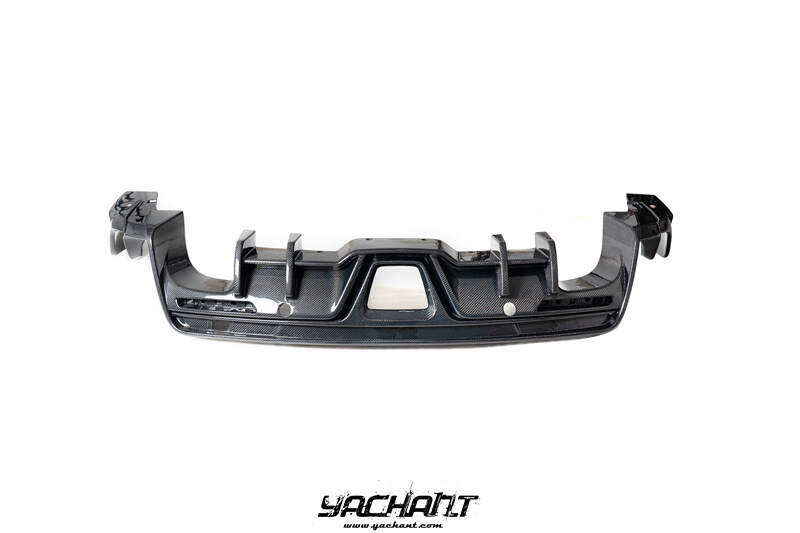
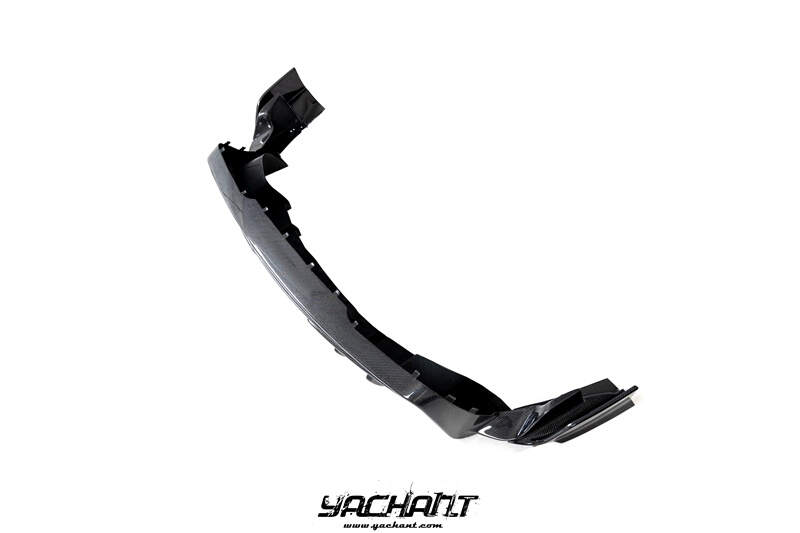
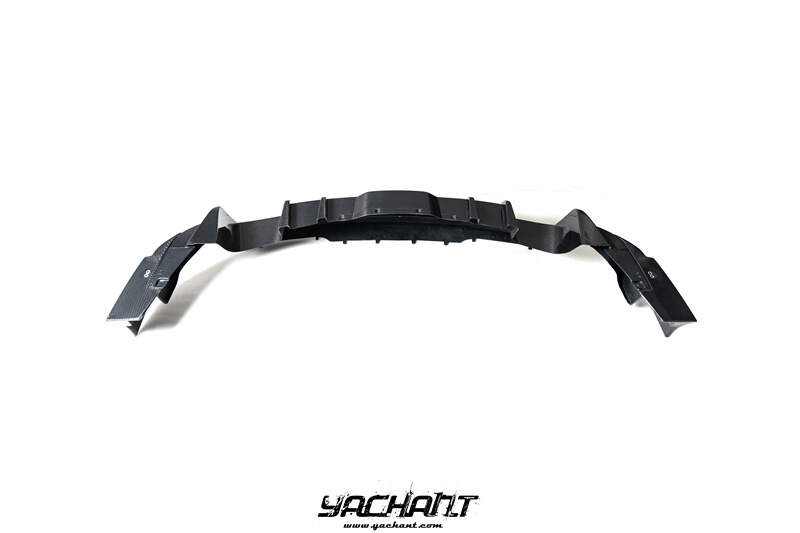
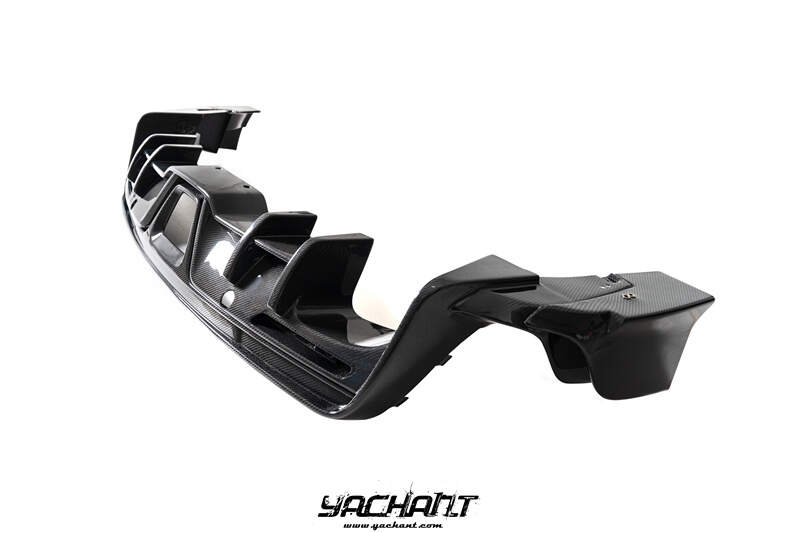
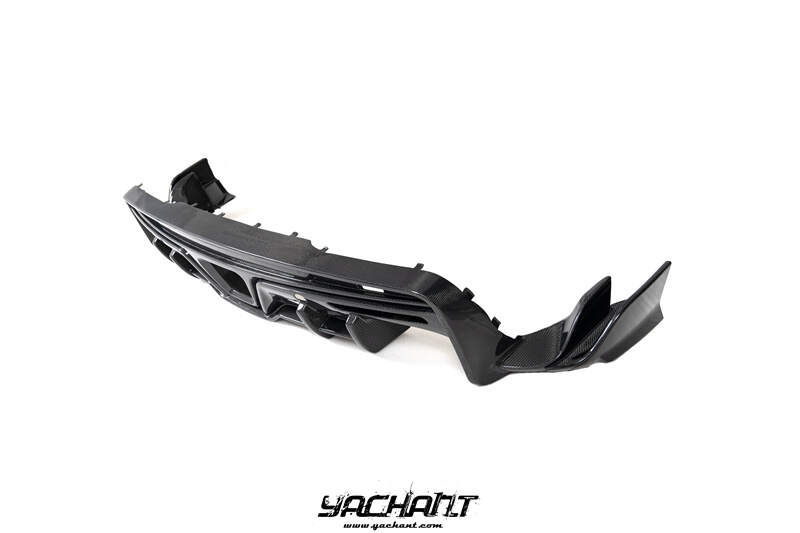
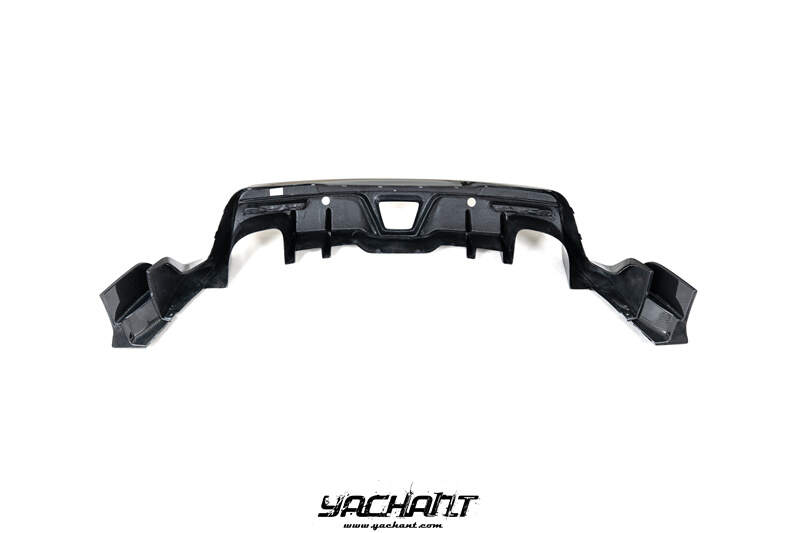
| FEATURE: |
| High Quality Carbon FIber by Vacuum Infusion |
| Light Weight |
| Perfect Fitment |
| Aerodynamic |
| Better Looking |
| Very easy to install, recommend install on body street shop |


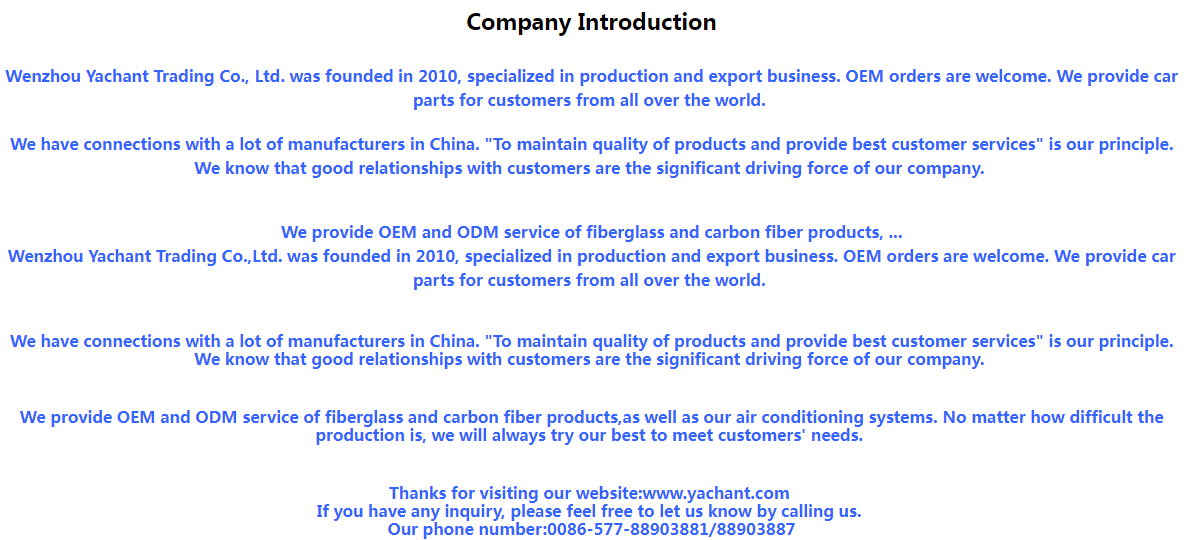

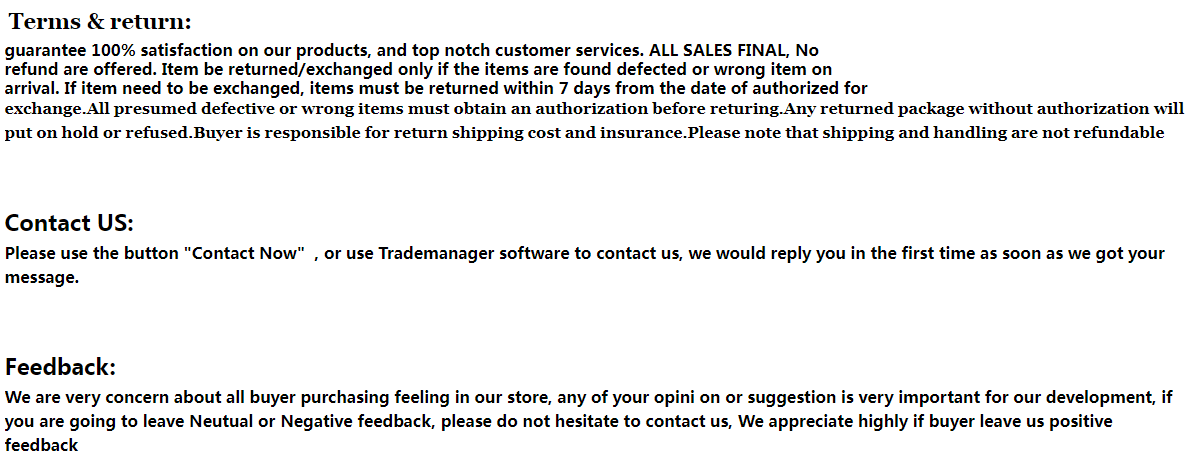
The rear of the car chassis is usually the location where the rear car diffuser is located. It works by accelerating the airflow below the car. The pressure below the car is affected by the car diffuser, so when the car moves in the air, the diffuser can expand back into the surrounding environment inside the diffuser. It uses the Bernoulli principle to reduce pressure as speed increases. Due to the lower pressure below the car compared to the pressure on the side and above the car, if implemented correctly, downward pressure may occur. The car diffuser "drives" the bottom of the body, generating downward pressure. Front car diffusers also exist (especially on Le Mans Prototype) or similar cars; However, they generate downward pressure entirely through the exchange of momentum with the air, as they have nothing to drive in front of them. Improperly designed front car diffusers can lead to low-pressure areas facing the front of the car, which slows down the air velocity behind them and reduces the efficiency of the rest of the body. The front diffuser usually takes air away from the car to avoid affecting the rest of the body. Air can be discharged through channels or near the front wheels.
Injecting exhaust gas into the rear diffuser can also help extract air from underneath the car. The exhaust gas effectively stimulates the boundary layer, which helps to increase the pressure of the low-pressure, fast-moving airflow to the ambient atmospheric pressure at the outlet of the automobile diffuser. This rapidly moving air helps to evacuate the diffuser faster, thereby reducing the pressure on the bottom of the vehicle. However, this makes the diffuser quite sensitive to engine speed. When the driver lifts the accelerator pedal, the exhaust flow rate decreases, which reduces the efficiency of the car's diffuser and causes the vehicle to lose down pressure. Therefore, the handling has been adversely affected.
The car body also interacts with the airflow passing through the car diffuser. In addition to generating downward pressure, the front wings and nose also attempt to maintain "clean air" around the car, and more importantly, flow under the car. The clean air under the car can prevent flow separation in the car diffuser, which will seriously damage its performance. The rear wing also affects the diffuser. When the wing is installed at a lower position near the car diffuser, the low pressure below the wing helps to absorb air through the diffuser.